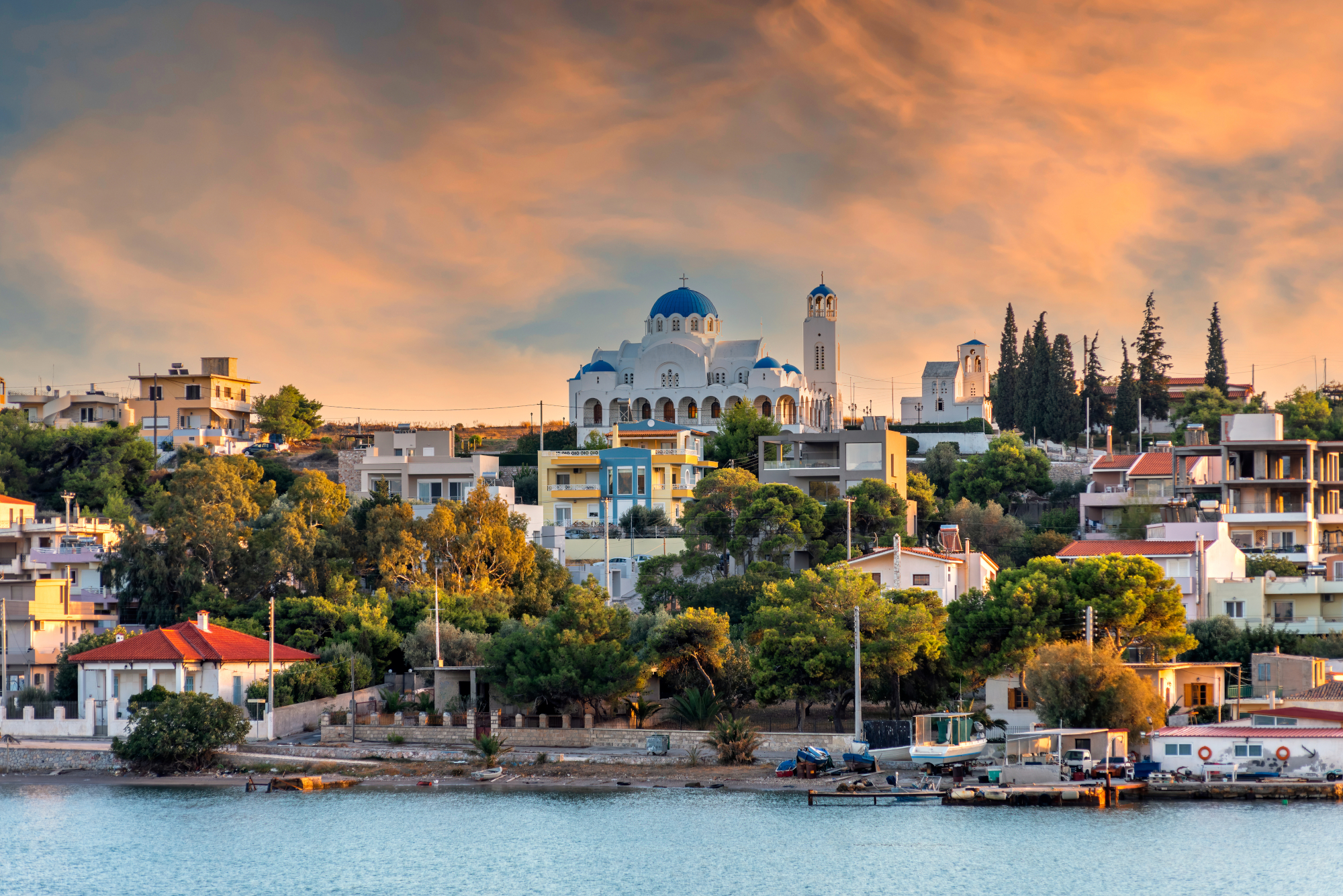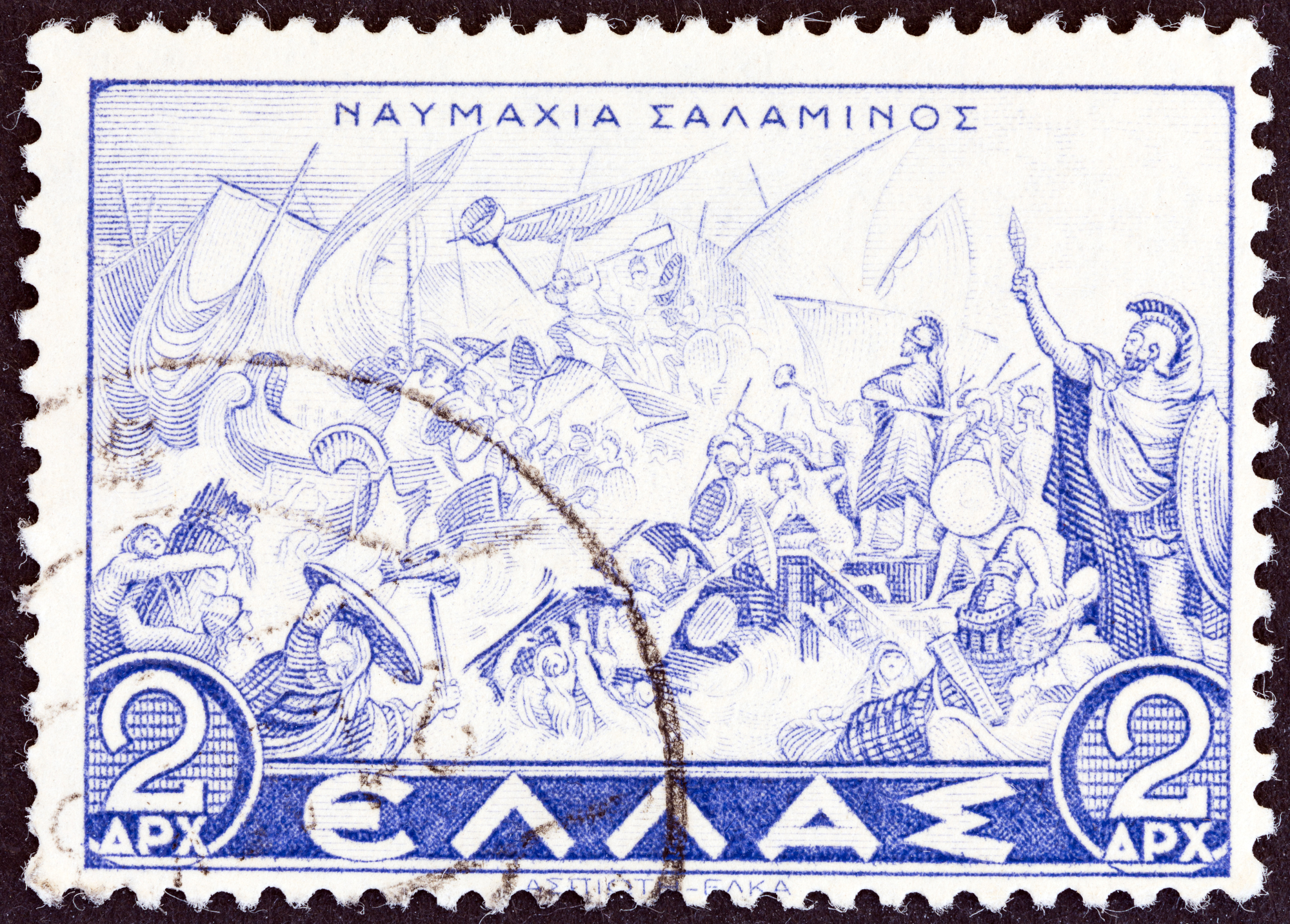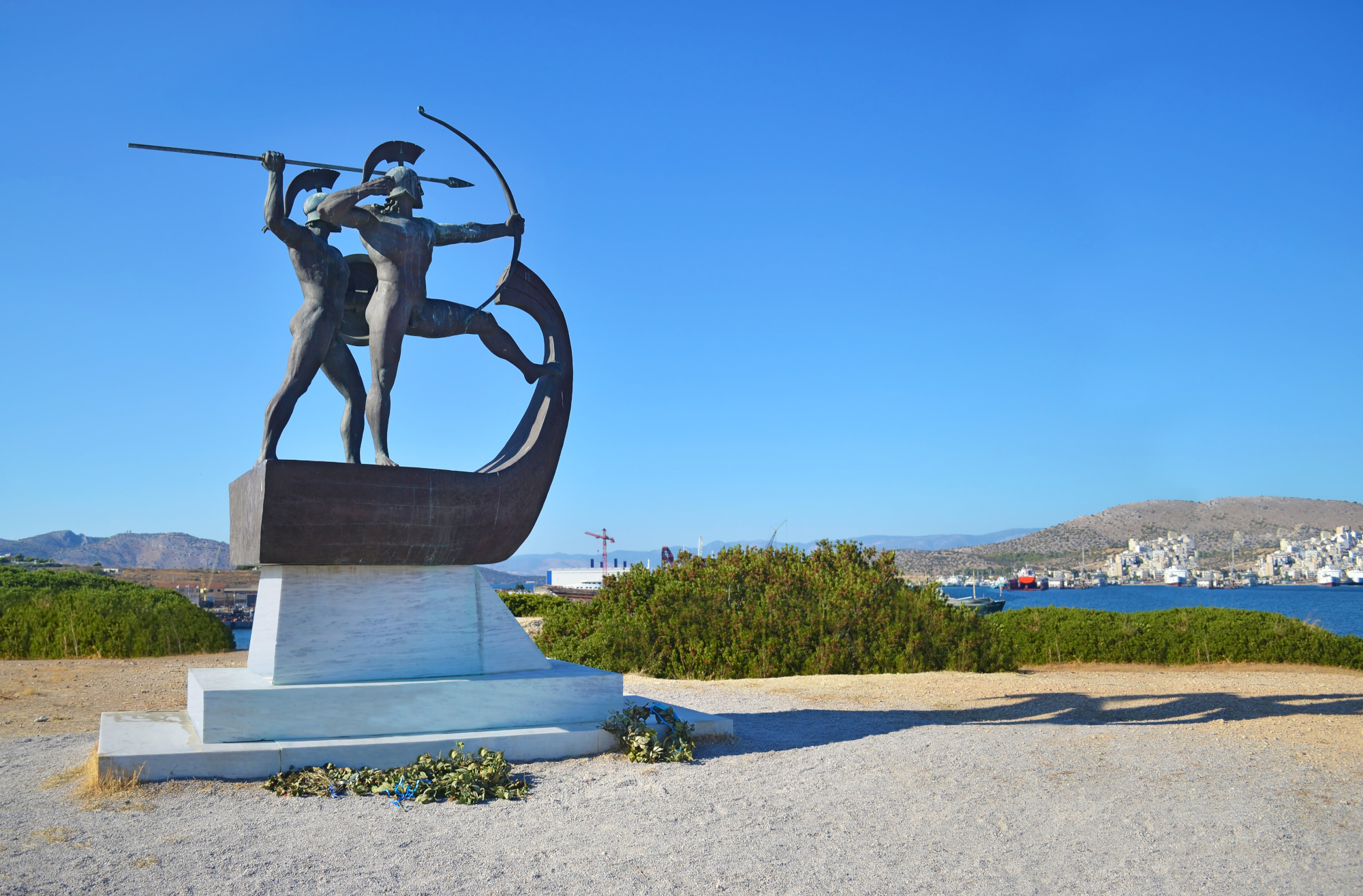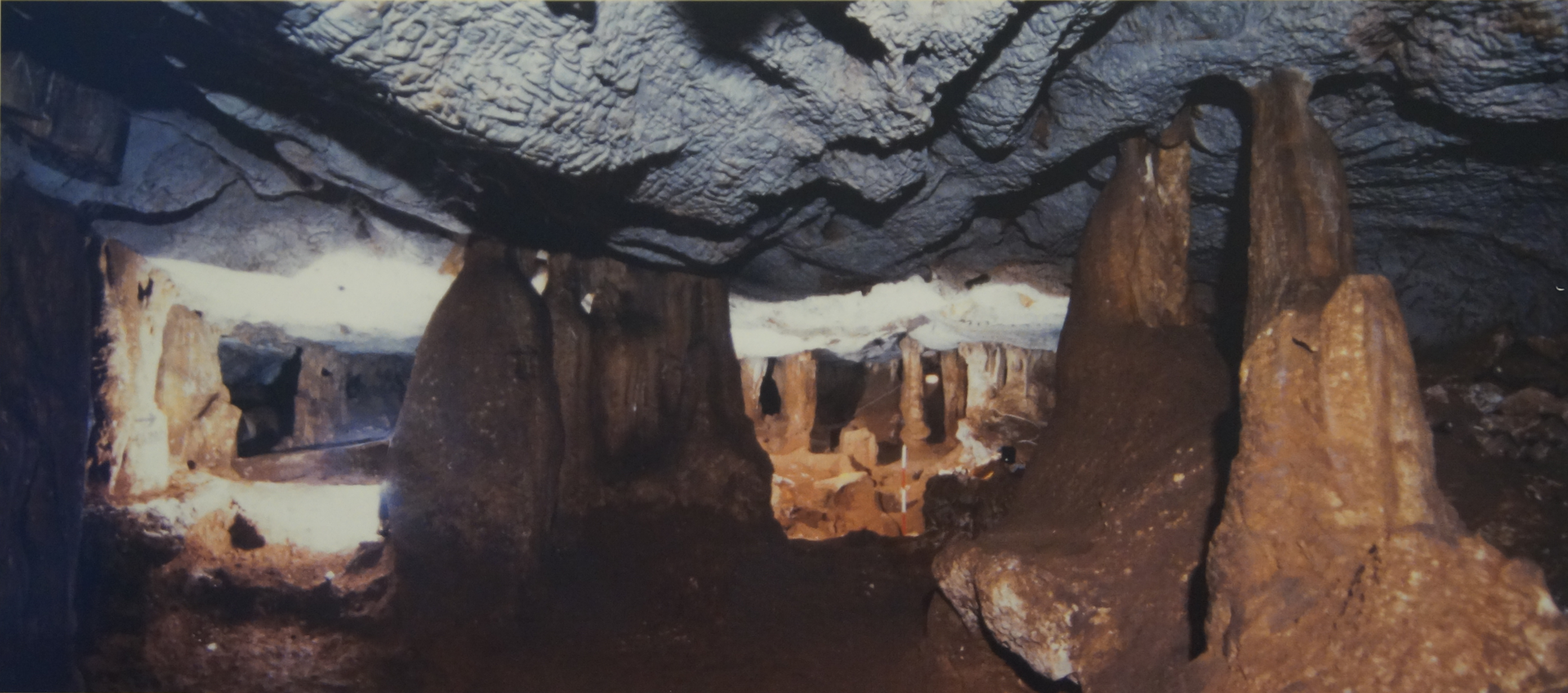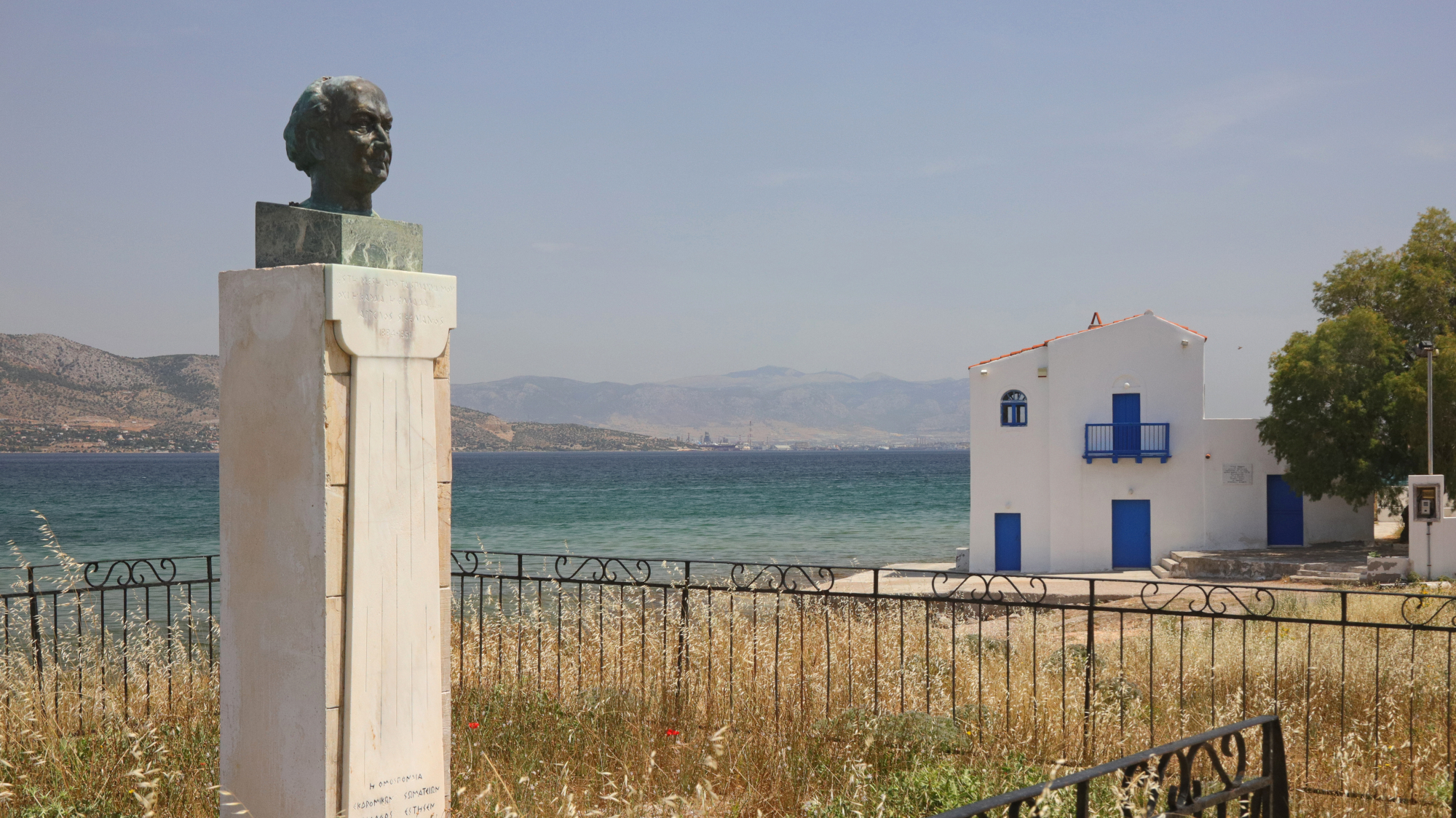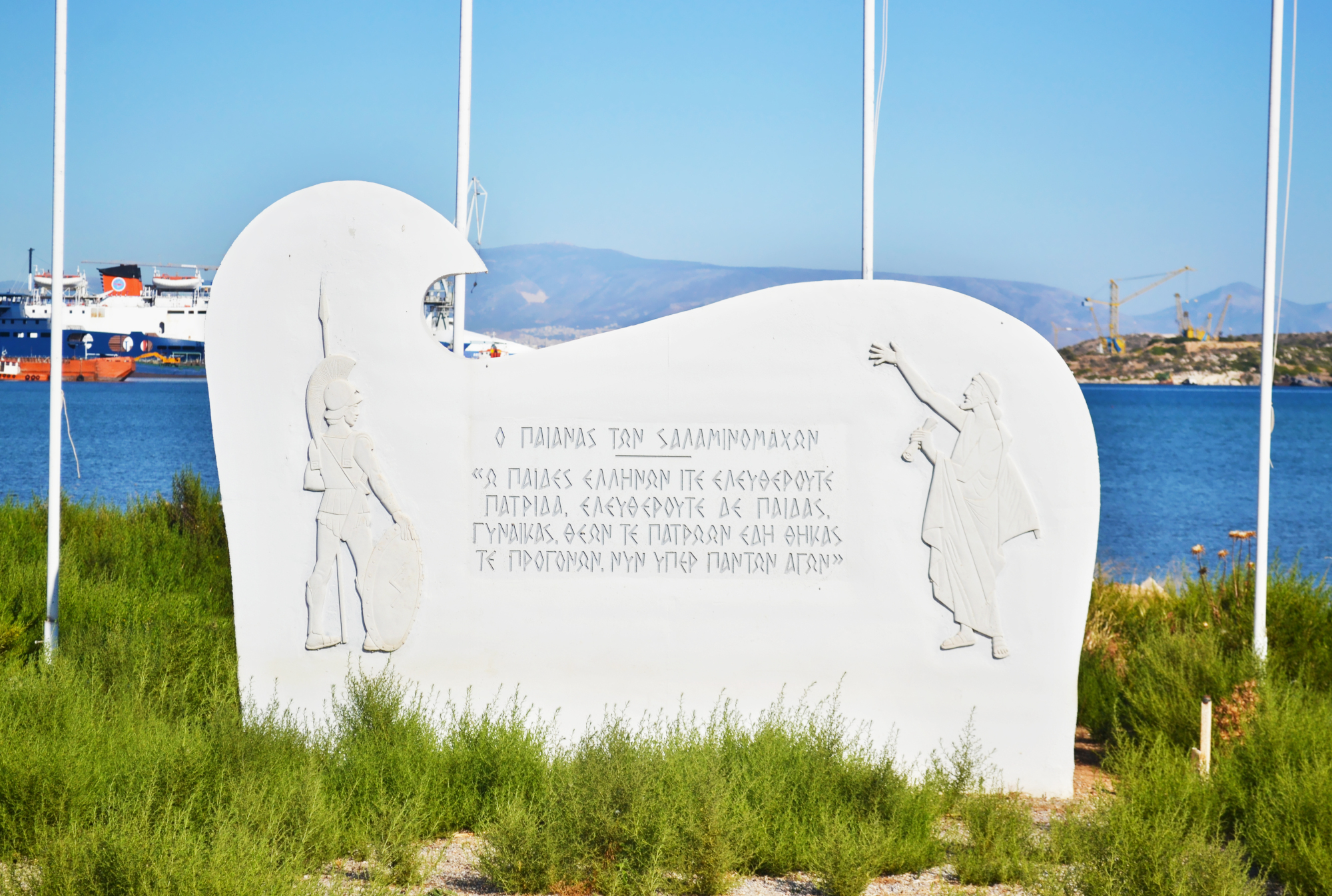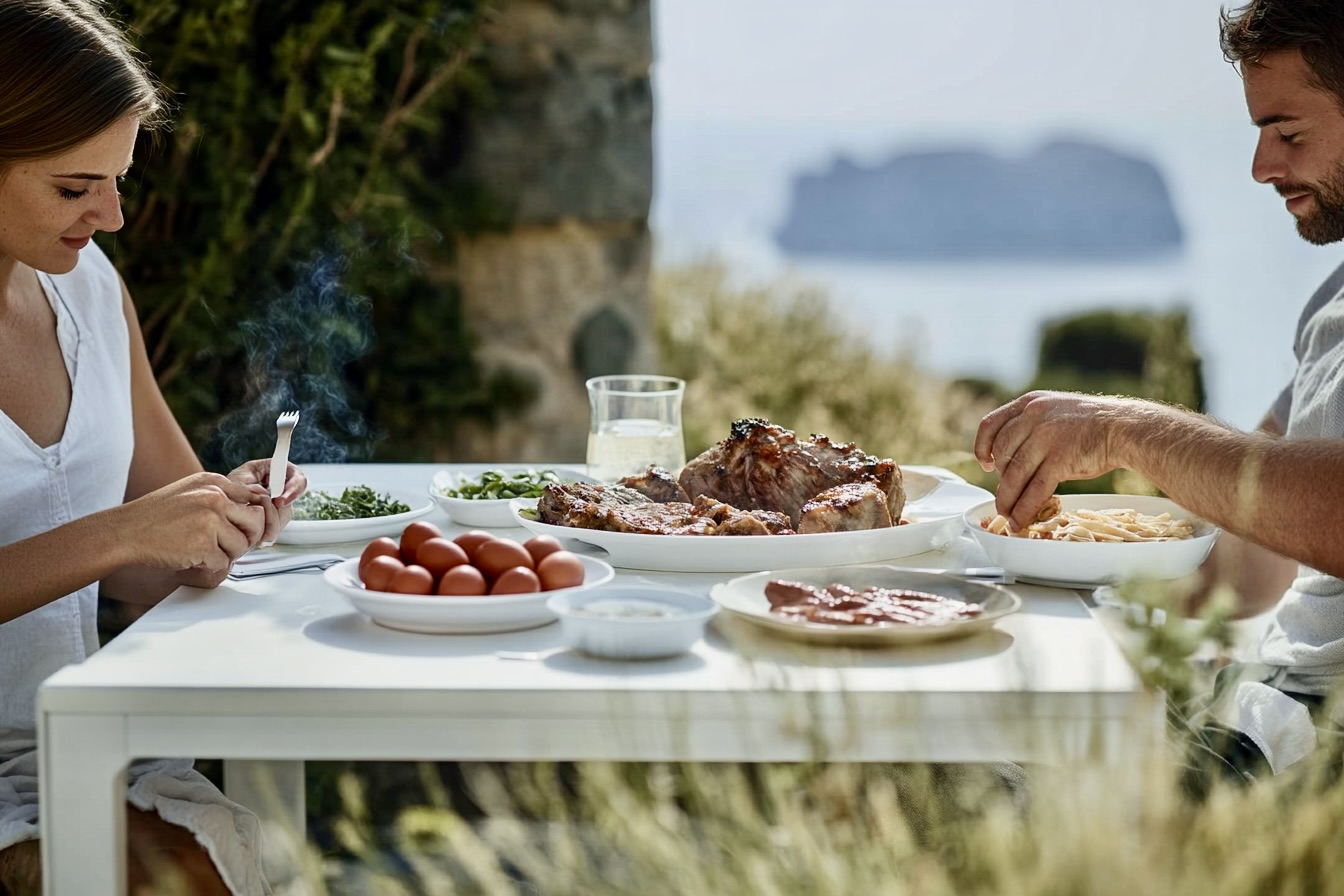Salamina is the largest island of the Saronic Gulf and the one closest to Attica. In summer it welcomes a large number of visitors, mainly Greeks, who are drawn by its beautiful beaches, delicious taverns and other attractions. However, Salamina should not be considered only a summer destination· Attica as we all know is a safe attractive and multifaceted destination that offers unforgettable experiences throughout the year.
Next time you visit Salamina, be sure to include the following stops in your itinerary to learn all about the island.
Archaeological Museum
The building that today houses the Archaeological Museum of Salamina was completed in 1831 under the first head of state of independent Greece, Ioannis Kapodistrias, as part of the construction of ten schools based on peer learning education. The collections include finds mainly from the island of Salamina and more specifically from Ampelakia, the area of Nafstathmos, Kanakia, Peristeri, Halioti, Kynosoura and Aianteion. It mainly consists of ceramic and sculptural objects, such as clay vases, figurines, bronze objects, votive offerings, stone tools, while it also hosts a collection of funerary and votive gifts from the prehistoric period to late antiquity.
Daily from 08:30 to 15:30, except Tuesday, Polyhroni Lebesi 42, Salamina, +30 210 4640759, odysseus.culture.gr
Church of Agios Dimitrios – Tomb of Georgios Karaiskakis
The first church of Agios Dimitrios was built in 1695 and over the years it has undergone various modifications. In 1806, when the needs increased, a new church was built in the style of an arched basilica with a dome, which was extended in 1874 and until 1935 was the Metropolis of the island. Inside you can see the works of the famous sculptor Yannis Halepas, who created the bishop’s throne, the pulpit and the icon case, while the altarpiece and the icons of the archangels Michael and Gabriel were created by painter Polyhronis Lebesis of the “Munich School”. The church is also associated with the Greek War of Independence in 1821, as Georgios Karaiskakis is buried there. According to tradition, Karaiskakis was wounded at Faliro and asked to be taken to Agios Dimitrios of Salamis, whom he considered his patron saint, to pray for his recovery. During the journey, however, his health deteriorated and he asked to be buried in Agios Dimitrios. Later, in 1835, by decree of King Otto, part of his remains were transferred to Faliro to be placed in a monument along with the bones of his fellow soldiers.
Agiou Dimitriou 1, Salamina, +30 210 4653972. Opening hours: 08:30-11:00
Museum of Folk Art and History
The first steps for the preservation of the island’s folk history and memory were taken in 1958 by the “Euripides” association, which collected numerous objects, costumes and books. This collection is exhibited in two rooms of the New Town Hall – Cultural Centre. Of particular interest is the large collection of local costumes, both male and female, and especially the collection of spencers, which bears witness to the costume code of the period. You can also see furniture, household utensils and tools, such as those of shoemakers, vine-growers, beekeepers, sailors and others. Apart from objects of folk art and everyday use, the museum houses compasses, ship’s harnesses and steering wheels that mark the great maritime tradition of the island, as well as weapons of the Greek War of Independence, such as scimitars, flintlocks, pistols, swords, etc. Also included are exhibits from the post-Byzantine period, such as priestly objects, rare documents of the 18th and 19th centuries, such as dowries, public documents and musical instruments, coins, paintings, etc.
Municipal Hall, 1 Konstantinos Karamanlis Avenue, Salamina, +30 213 2027316. Opening hour: 08:00-13:30, weekend groups only on request.
The Cave of Euripides
The cave of Euripides is located in the area of Peristeria on the south side of Salamina at an altitude of 115 meters and was discovered relatively recently, in 1994-1997. It is a horizontal cave, which has a narrow entrance and features ten chambers with low ceilings, narrow corridors and natural niches and recesses. Based on the findings, the cave seems to have been used from the Neolithic period until the Frankish period. Near the cave there was a cult temple dedicated to the Greek god Dionysus. According to ancient testimonies and findings, when it was destroyed by an earthquake, Dionysus and Euripides were worshipped in the same cave. The cave is not an organized archaeological site, but the walk to the cave is lovely. You can see the cave from the outside and admire the view of the Saronic Gulf. The findings from the cave are exhibited in the Archaeological Museum of Salamina.
The house of Angelos Sikelianos
The poet Angelos Sikelianos spent much of his life at his home in Salamina. He first came to the island sometime in 1930 to visit a friend and fellow poet, Andreas Saltaris. Through Saltaris, Sikelianos met the monk Ambrosios at the monastery of Faneromeni, who a few years later, as part of their friendship, ceded him the old boathouse of the monastery. Today the poet’s house exhibits his wife Anna’s loom and a woven dress, his own clothes, the couple’s old iron bed, some everyday objects, books and Sikelianos’ letters to his friends from Salamis, also known from ancient times as Koulouri.
Faneromeni port. Visits on request on weekdays 08:30-13:00. +30 213 2027316
Ancient Salamina
Salamina is full of sites of archaeological interest, some accessible and some not, but all of them testify to the island’s historical past and its great importance. The ancient city of Salamis is located in the current settlement of Ambelakia, where ruins of houses, parts of the city wall and a tower of the wall, the Gymnasium, the sanctuaries of Hermus and parts of the harbour, in the bay of which the battle of Salamis took place, are still preserved in good condition. Also, east of Panagia of Ambelakia, on the right of the road, there are remains of an arched tomb, probably of early Christian origin, while in Kolones a circular burial monument consisting of four tombs of the 4th century BC has been discovered. The proximity of Salamis to Athens and the port of Piraeus allowed it to prosper along with the city of Athens under Pericles. It was a trading station for the exchange of goods and the place of construction of the triremes of the Athenian fleet, while in the 4th century BC it even minted its own currency.



